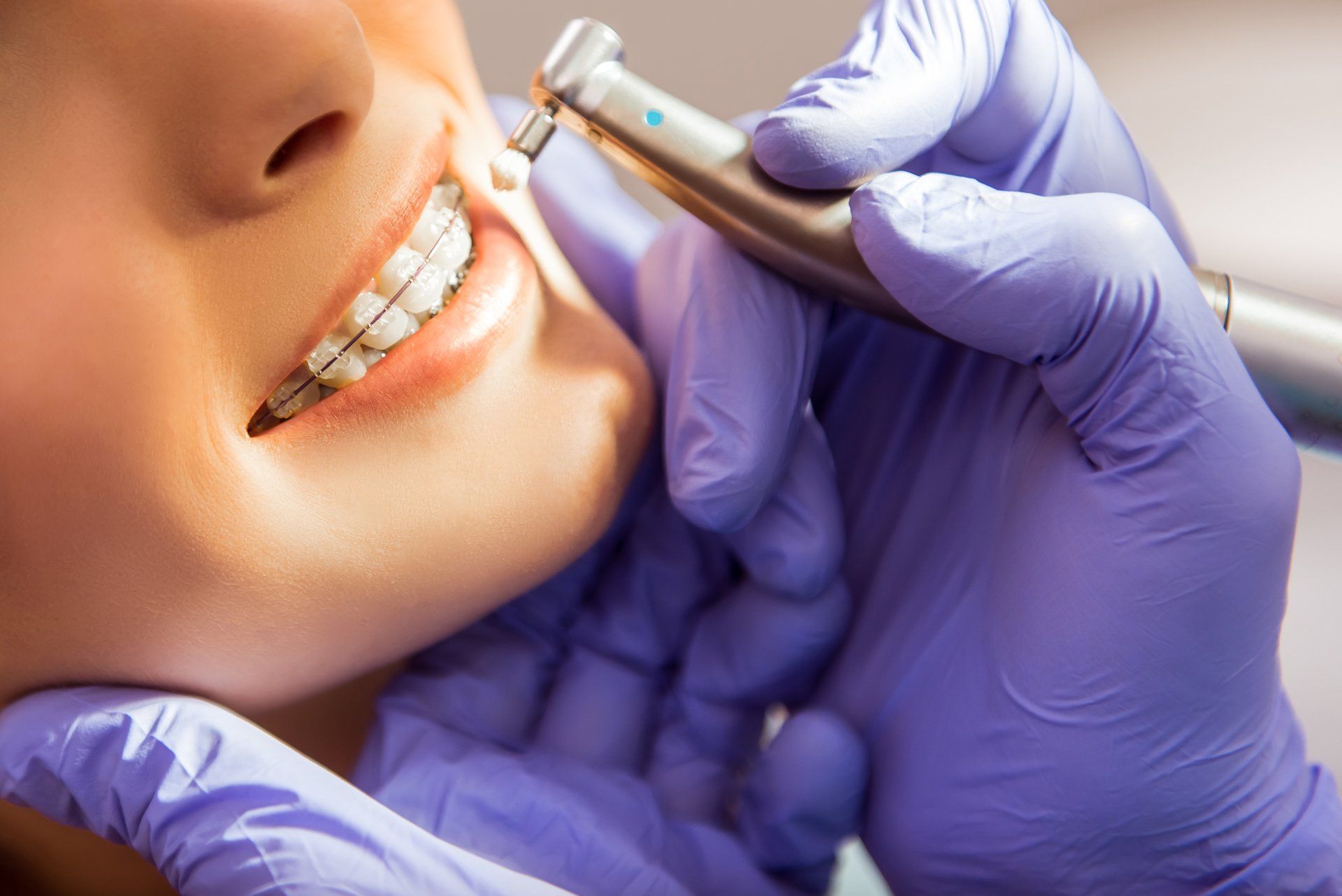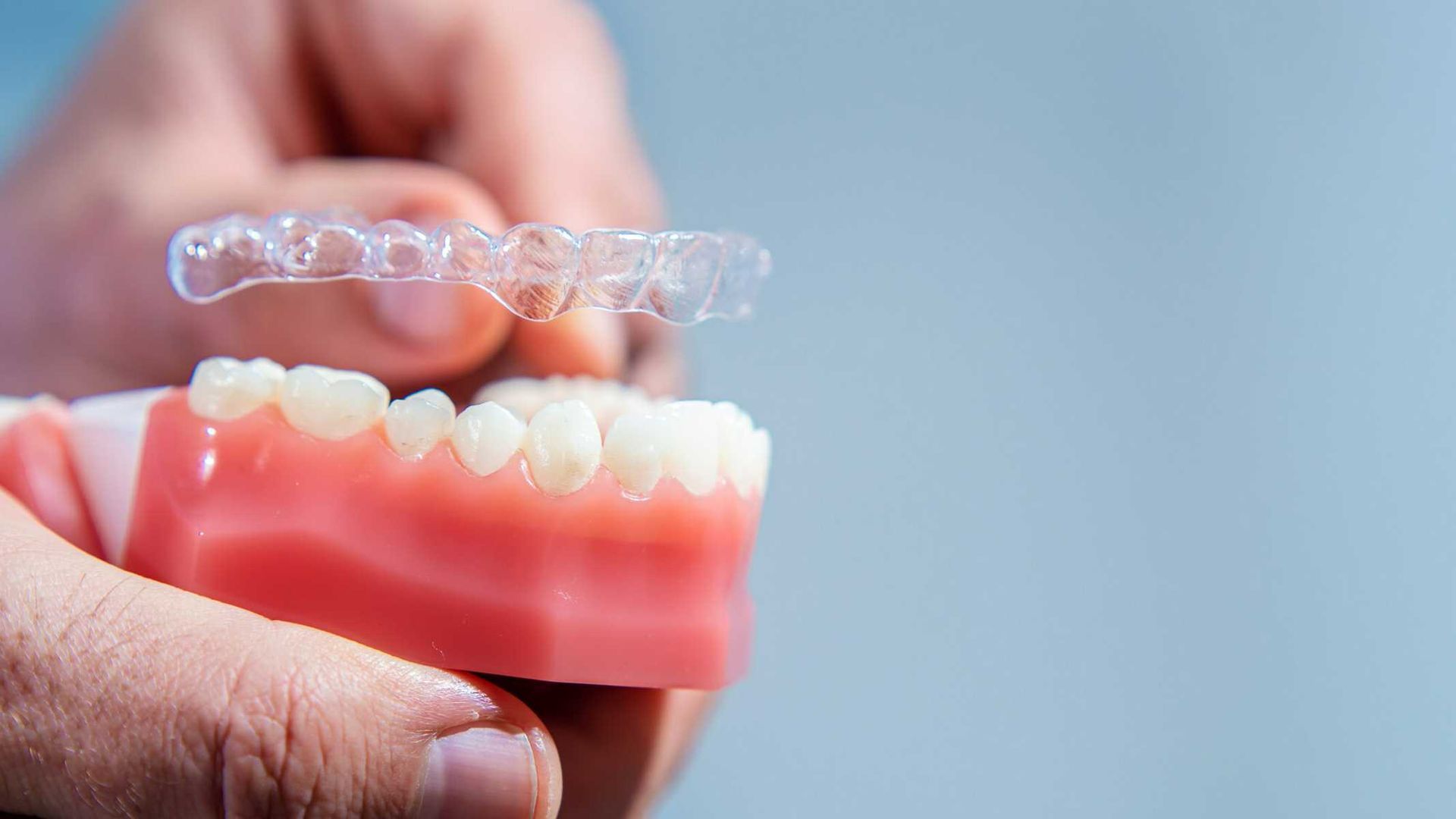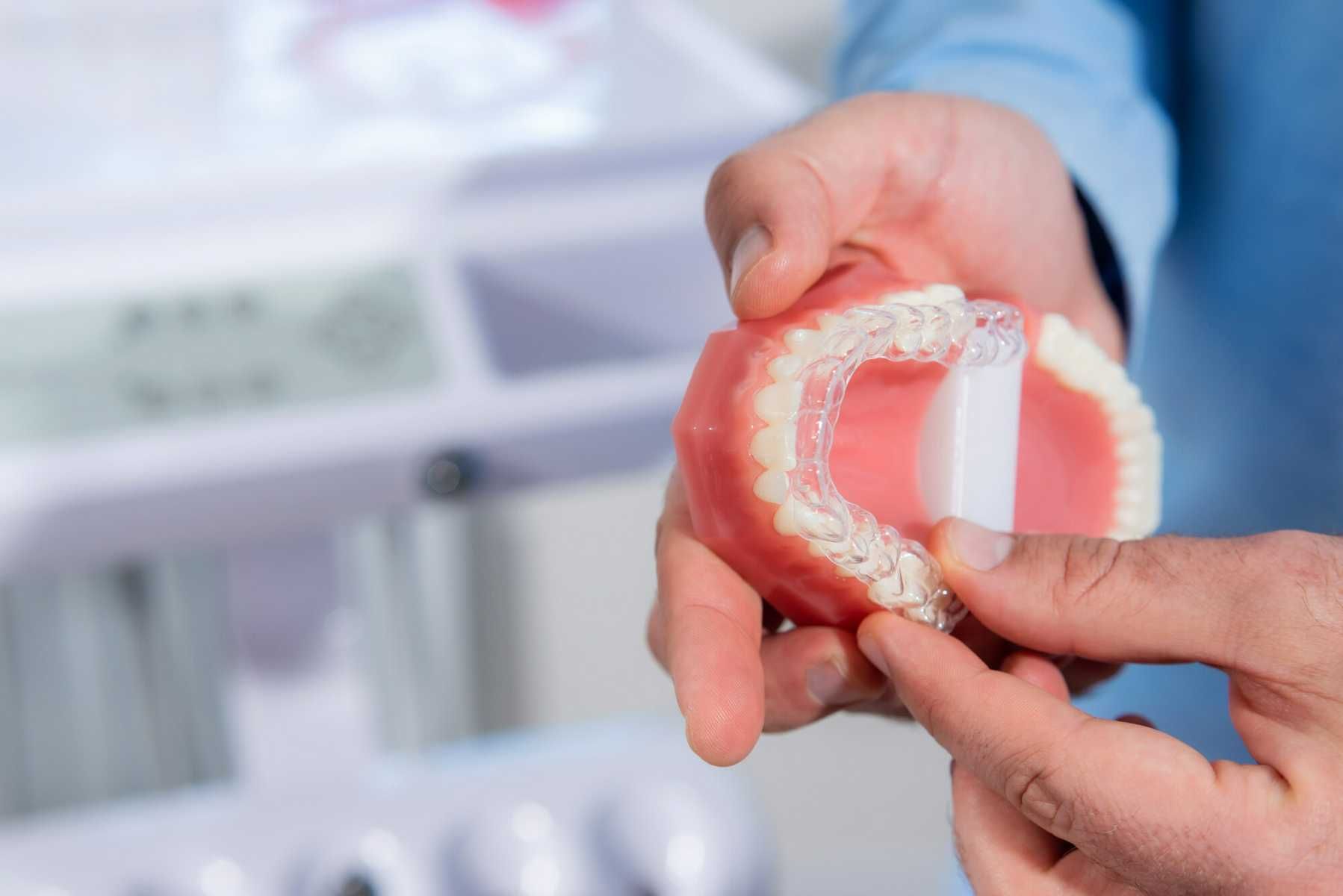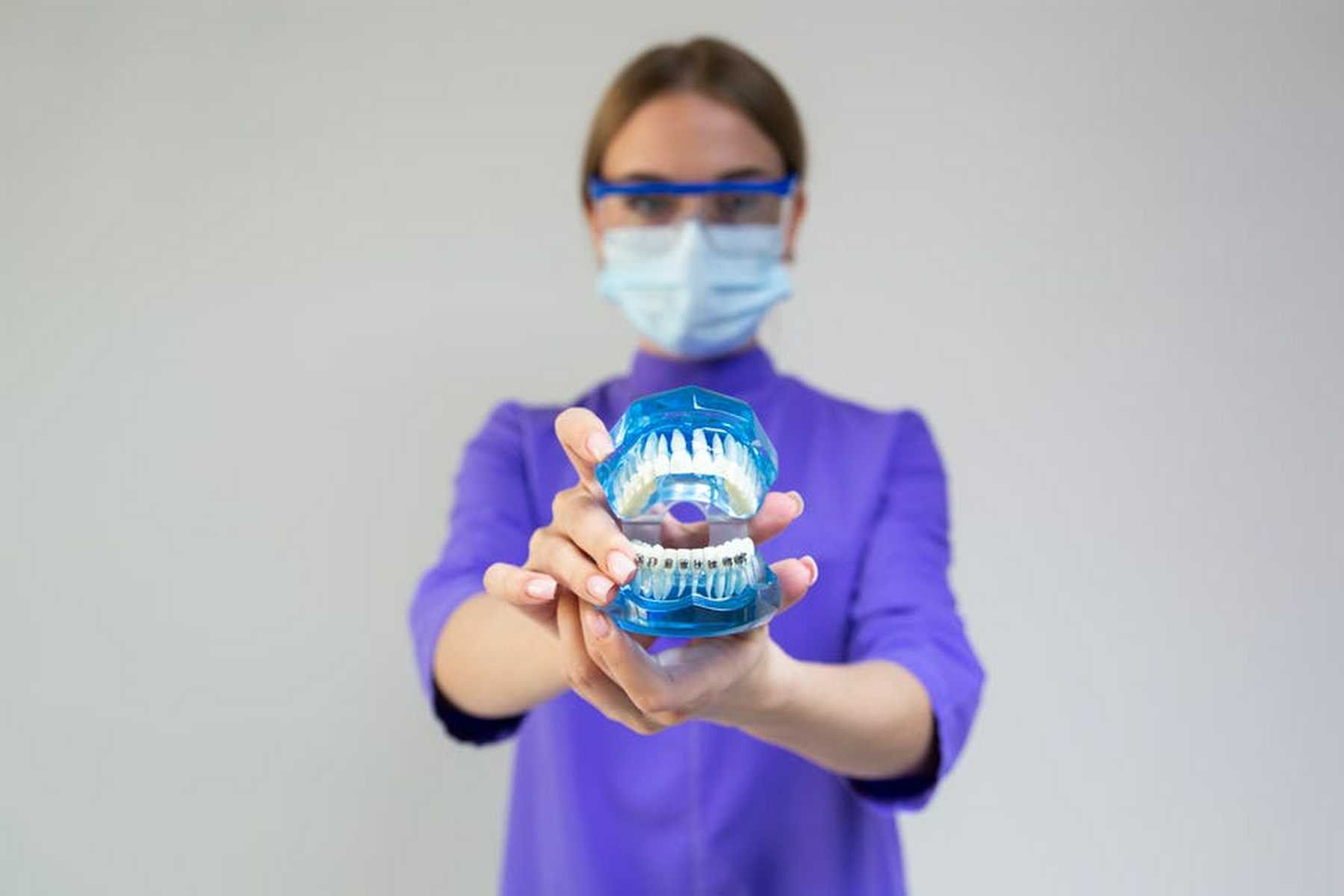What Causes Crooked Teeth?

Only about 63% of adults have seen a dentist in the past year.
The 37% of adults that haven't been to a dentist recently are at an increased risk of developing issues that can come from neglecting dental care. One of these is crooked teeth.
If you're one of these people, don't worry! Our Houston orthodontics team can help set you up with braces for crooked teeth and prioritize your dental health.
But first, let's take a look at some of the things that cause crooked teeth in the first place.
Keep reading to learn more.
Genetics
Some of the biggest causes of crooked teeth are the traits passed down to you by your parents. These are things like the size and shape of your jaw, how many teeth you have, if you have an over or underbite, and how your jaw has developed.
It's possible to inherit different traits from each parent that don't function well together. For example, a small jaw from
one and large teeth from the other. Issues like this can impact the alignment of your teeth and cause issues.
If the natural design of your jaw and mouth has caused your teeth to be misaligned, there are crooked teeth solutions available to help realign them. Be sure that if you get this work done, you also do the maintenance work required, like wearing a retainer, so that your teeth don't revert to their crooked positioning.
Neglected Dental Care
The importance of getting your teeth checked regularly and talking to your dentist cannot be overstated. As previously mentioned, neglecting your dental care can be a major contributor to crooked teeth.
This is especially true for children. Because if children have risk factors like too many or too few teeth, or bad habits that can lead to teeth shifting, like thumb sucking, these things need to be addressed as early as possible.
Additionally, even for adults, any crowns, fillings, or braces that aren't properly fitted can cause your teeth to shift.
Be sure to see your dentist regularly and come up with a comprehensive dental care plan with them.
Facial Trauma
A hit to the face or mouth can easily knock your teeth out of position or out of your mouth completely. This can allow your other teeth to shift to accommodate the new position or extra space.
If the injury isn't treated properly and was severe enough, it can also impact your jaw. If not dealt with, this can impact the alignment of your teeth.
Do your best to avoid any facial trauma. If you play sports, wear a mouth guard and helmet when possible, and do what you can to avoid blows to the face and mouth.
Straighten Your Teeth With Our Houston Orthodontics Team
Treating crooked teeth is an important step when working on improving dental health. Now that you know some of the causes of crooked teeth, you can begin to address any issues.
Our Houston orthodontics team is here to help fix your crooked teeth. Check out our orthodontic promotions today!











